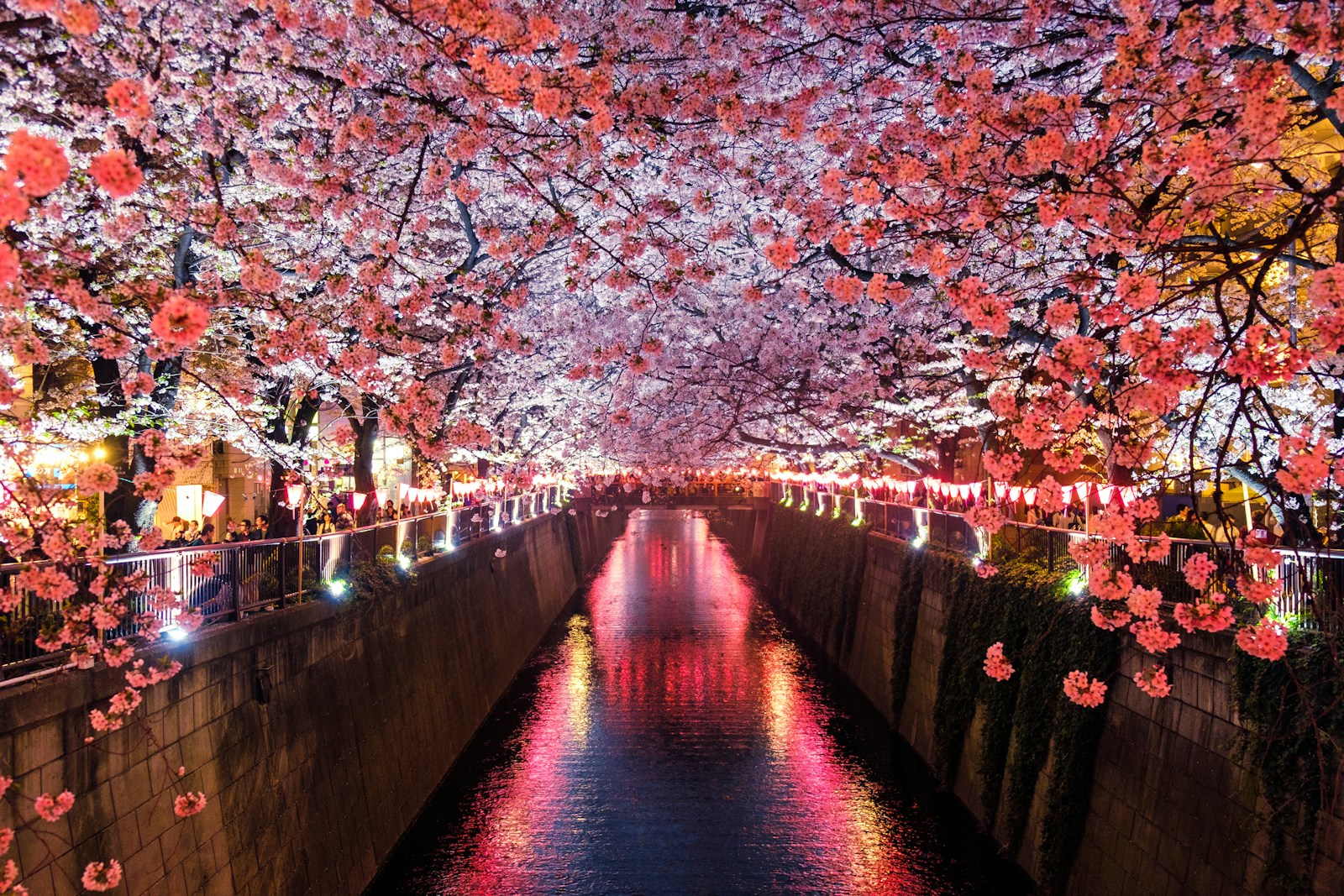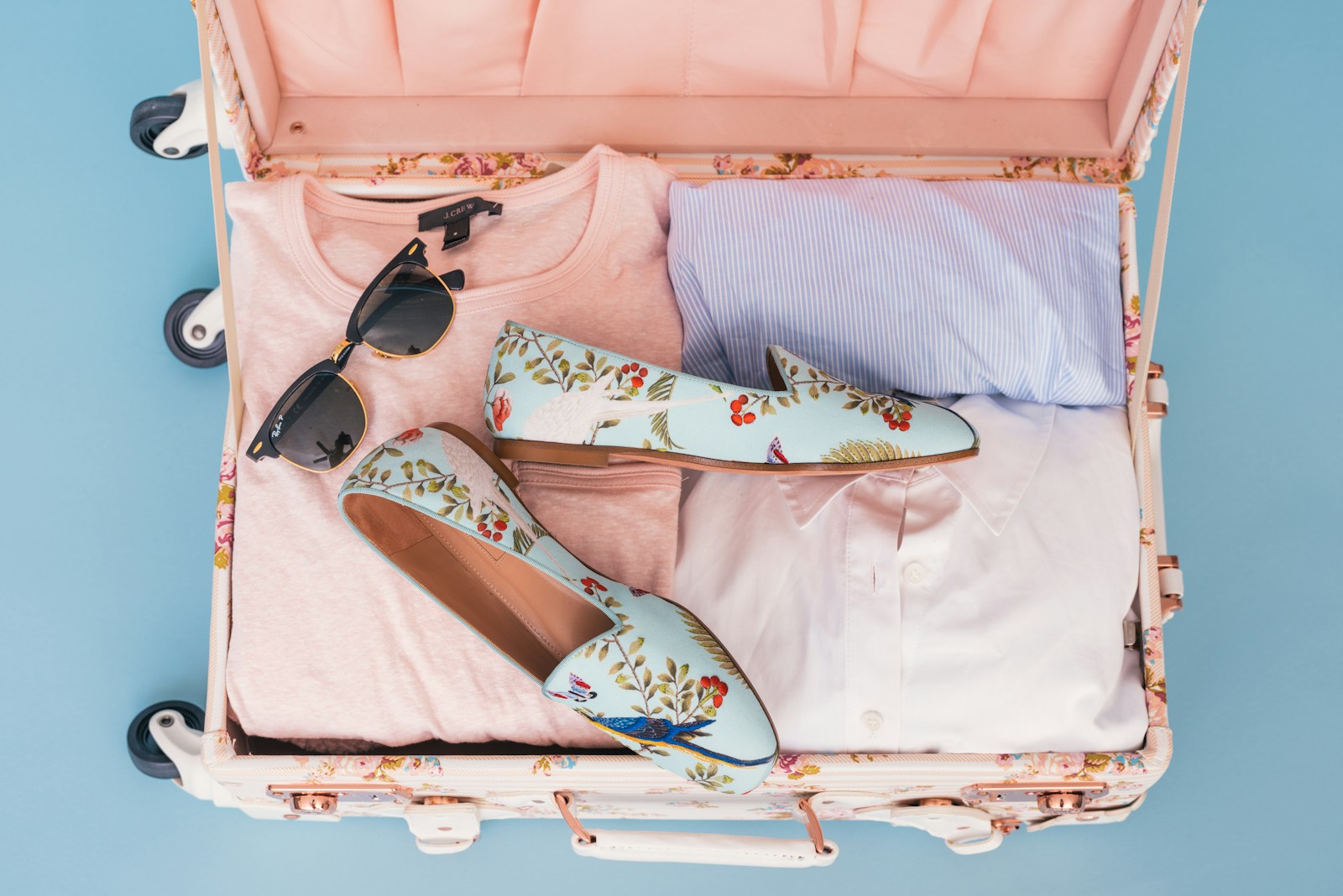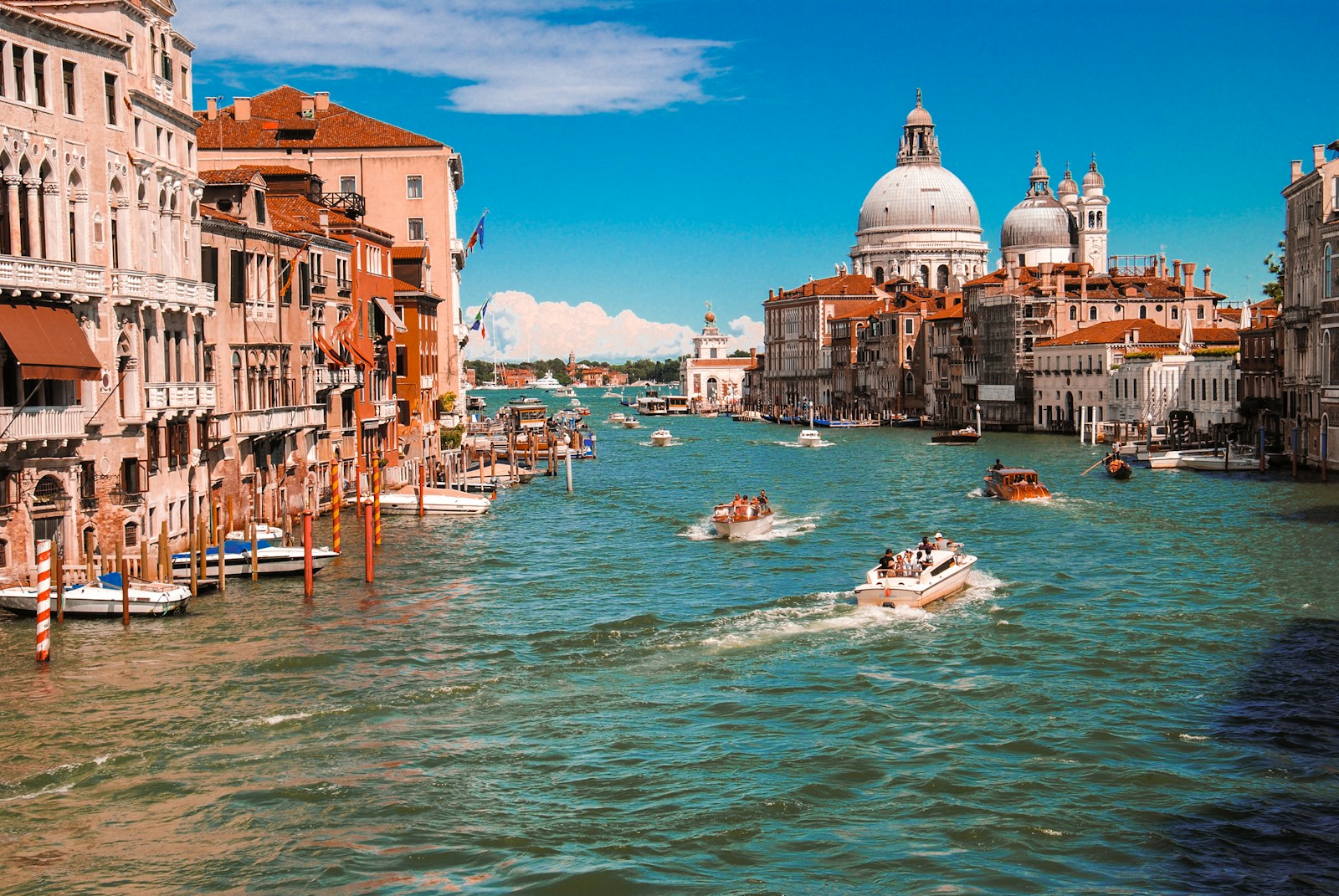Japan is a land of contrasts, where ancient traditions meet modern innovation. With stunning natural landscapes, rich cultural heritage, and bustling urban centres, Japan offers a wide range of experiences. For a traveller from Australia, interested in skiing, Western food options, and accessibility for disabled individuals, Japan is a fantastic destination. Let’s explore the five best places to visit, along with practical tips for your journey.
1. Niseko: The Powder Snow Paradise
Niseko, located on Japan’s northernmost island of Hokkaido, is one of the world’s top ski destinations. Known for its powder snow, Niseko is a haven for ski and snowboard enthusiasts. With a long ski season extending from December to early April, the best time to visit for prime snow conditions is January and February.
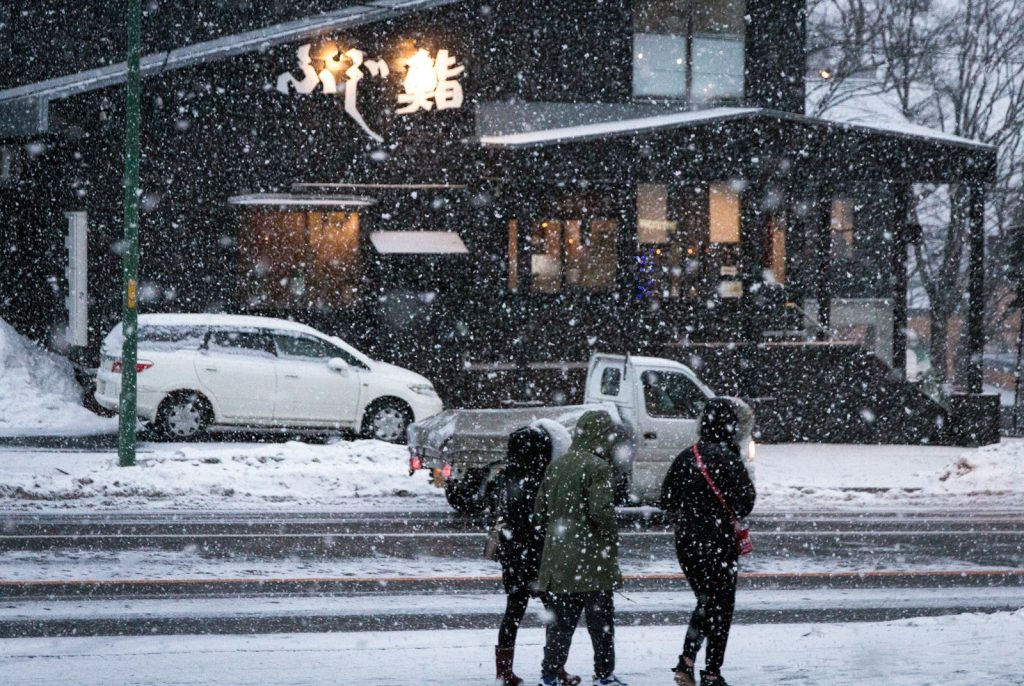

Getting There:
From Australia, you can fly to New Chitose Airport in Sapporo, which is the closest major airport to Niseko. Airlines such as Qantas, Japan Airlines, and All Nippon Airways (ANA) operate flights from major Australian cities to Japan, often with a stopover in Tokyo or Osaka. From Sapporo, Niseko is about a two-hour drive. You can book a direct shuttle, rent a car, or take a train to reach Niseko.
Accessibility:
Niseko offers a variety of accessible accommodations and transportation services. Many ski resorts are equipped with accessible rooms, and some offer adaptive ski programs for disabled visitors. It’s advisable to contact the resort in advance to ensure your needs are met.
Food Options:
Niseko has a diverse range of dining options, including Western cuisine. You’ll find plenty of pizza, pasta, steak, and international restaurants that cater to non-seafood preferences.
2. Kyoto: The Cultural Heart of Japan
Kyoto, the ancient capital of Japan, is a must-visit for anyone interested in Japanese culture and history. From breathtaking temples like Kinkaku-ji (the Golden Pavilion) to serene Zen gardens, Kyoto offers a peaceful retreat from the hustle and bustle of modern life. The best time to visit is during spring (March to May) for cherry blossoms, or autumn (September to November) for stunning foliage.
Getting There:
Kyoto is accessible via Kansai International Airport in Osaka, which is a major hub for international flights. From the airport, you can take a direct train to Kyoto, which takes about 1.5 hours.
Accessibility:
Kyoto is well-equipped with accessible transportation options, including buses and trains. Many of the temples and gardens have wheelchair-friendly paths, though some older sites may have limited accessibility due to their historical nature.
Food Options:
Kyoto has an array of restaurants offering Western cuisine, including French, Italian, and American-style dining. You’ll also find bakeries and cafes with a variety of non-seafood options.
3. Tokyo: The Electric Metropolis
Tokyo is a dynamic city where tradition meets innovation. From the iconic Shibuya Crossing to tranquil shrines like Meiji Jingu, Tokyo offers something for every traveller. The best time to visit Tokyo is either in spring (March to May) when the cherry blossoms bloom, or in autumn (September to November) when the weather is mild and the foliage is vibrant.

Getting There:
Tokyo is serviced by two major airports: Narita International Airport and Haneda Airport. Airlines like Qantas, Japan Airlines, and ANA offer direct flights from Australia to Tokyo. Narita is about 60 kilometres from central Tokyo, while Haneda is much closer at around 15 kilometres. Both airports are well connected to the city by train and bus services.
Accessibility:
Tokyo is one of the most accessible cities in the world. Public transportation, including trains and buses, is equipped with elevators, ramps, and priority seating. Major tourist attractions and shopping centres are also accessible.
Food Options:
Tokyo is a global culinary hub, and you’ll find an abundance of Western-style restaurants. From gourmet burger joints to Italian trattorias and vegetarian cafes, Tokyo caters to all tastes.
4. Hakuba: A Hidden Gem for Skiers
Hakuba, located in the Japanese Alps, is another excellent ski destination. With over 10 ski resorts and some of the best snow in Japan, Hakuba offers a range of options for skiers of all levels. The best time to visit is between December and March.
Getting There:
Hakuba is about a three-hour journey from Tokyo. You can take the bullet train (Shinkansen) to Nagano and then transfer to a bus or train to Hakuba. It’s a straightforward journey with stunning mountain views.
Accessibility:
Many hotels and ski resorts in Hakuba offer accessible facilities. However, it’s essential to check with your chosen accommodation beforehand to ensure they can meet any specific accessibility needs.
Food Options:
Hakuba has a surprisingly diverse food scene, with plenty of Western-style restaurants offering everything from burgers and pizzas to hearty breakfasts. You won’t have to worry about finding non-seafood options here.
5. Okinawa: A Tropical Escape
For a completely different experience, consider visiting Okinawa, Japan’s southernmost prefecture. Known for its beautiful beaches, clear blue waters, and unique Ryukyu culture, Okinawa is perfect for a relaxing getaway. The best time to visit Okinawa is between May and September when the weather is warm and ideal for beach activities.

Getting There:
Flights to Okinawa’s Naha Airport are available from major cities in Japan, such as Tokyo, Osaka, and Fukuoka. From Australia, you’ll need to transfer through one of these cities to reach Okinawa.
Accessibility:
Okinawa is working towards becoming more accessible, with many hotels and attractions offering facilities for disabled travellers. Beaches like Emerald Beach have wheelchair-accessible paths, and there are special programs to assist with water activities.
Food Options:
Okinawa has a unique culinary culture, but you’ll also find plenty of Western food options, especially in Naha, the capital city. There are American-style diners, Italian restaurants, and fast-food outlets available.
Travel Essentials
Flights from Australia to Japan
Flights to Japan from Australia are frequent and convenient. Qantas, Japan Airlines, All Nippon Airways (ANA), and Jetstar are some of the primary airlines offering direct and connecting flights from cities like Sydney, Melbourne, and Brisbane to Tokyo, Osaka, and Sapporo.
Visa Requirements
Australian passport holders can enter Japan for tourism purposes without a visa for up to 90 days. However, it’s always good to check with the Japanese consulate for the latest updates before you travel.
Language Barriers
While Japanese is the primary language spoken in Japan, you’ll find English signage in most tourist areas, especially in major cities like Tokyo and Kyoto. Many Japanese people working in the tourism and hospitality industry speak at least basic English, so communication shouldn’t be a significant issue. However, learning a few basic Japanese phrases can enhance your experience and show respect for the local culture.
Western Food Availability
Japan has a vast culinary scene, and while it’s famous for seafood, you’ll have no trouble finding Western food in most cities. Pizza, pasta, burgers, and international cuisines are widely available. Grocery stores also stock a variety of Western snacks and products, so you won’t feel out of place.
Traveling with a Disabled Person
Japan is known for its excellent infrastructure and accessibility. Public transport, including the Shinkansen (bullet train), buses, and taxis, are equipped with ramps, elevators, and designated seating for disabled passengers. Many tourist attractions are also accessible, though some historical sites may have limitations. It’s advisable to plan your trip in advance and communicate with your accommodations to ensure your needs are met.
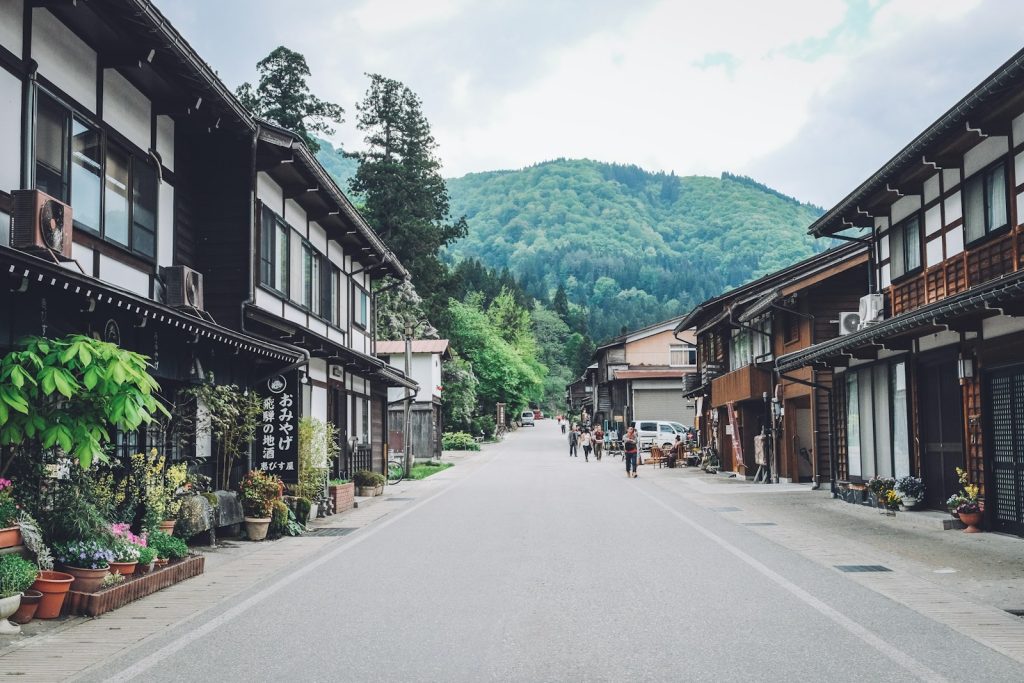
Bonus Tip: Japan’s Best Kept Secret – Shirakawa-go
Nestled in the Japanese Alps, Shirakawa-go is a UNESCO World Heritage site known for its traditional gassho-zukuri farmhouses. This picturesque village offers a glimpse into Japan’s rural past and is particularly stunning in winter when the snow blankets the rooftops. Despite its growing popularity, it remains a tranquil escape from the crowded tourist spots. Accessible by bus from Takayama, Shirakawa-go is a hidden gem that feels like stepping into a fairy tale.
Japan is a diverse and welcoming destination that offers something for every traveller. Whether you’re hitting the slopes in Niseko, exploring the cultural treasures of Kyoto, or relaxing on the beaches of Okinawa, Japan’s unique blend of tradition and modernity will captivate your heart. With accessible facilities, Western food options, and a little planning, your trip to Japan will be an unforgettable adventure.
